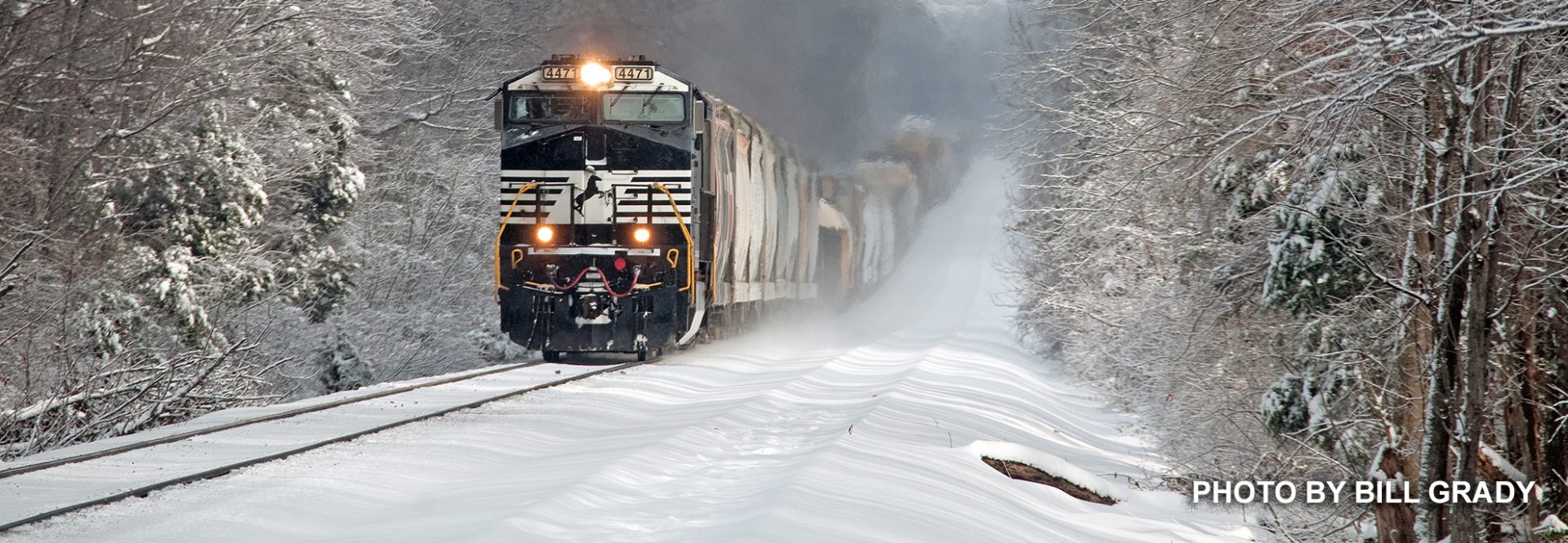Guest Submission by Phil Randall
Reprinted from The Tennessean
By Christina E. Sanchez
• THE TENNESSEAN • May 25, 2009
Clarksville, Murfreesboro or Gallatin could become the second link in Nashville’s commuter rail network, but transit planners say which corridor is built next could depend on which community is best at raising money.
State lawmakers took a step last week toward allowing local leaders to do that. They passed a bill — now awaiting the governor’s signature — that would allow local governments to, through ordinance or referendum, set up a funding source dedicated to public transportation projects.
It also would give regional transportation authorities in the state the power to borrow money by issuing bonds.
“To become a world-class city, you have to have ability to move masses of people,” said Greg Atkins, executive director of the Tennessee Public Transportation Association.
“You have to have other options than just the automobile. But right now we don’t have the money to match federal dollars for light-rail programs.”
In other states, it’s beer drinkers, people who rent cars and retail shoppers who pay to support public transportation. Local leaders have not said what option they might select in Middle Tennessee, but they plan to discuss it Wednesday during a regional transportation summit.
Cumberland Region Tomorrow, a nonprofit growth and planning group, will host the meeting for leaders of 10 counties to look at building regional transit systems.
First transit line cost $42M
Michael Skipper, executive director of the Nashville Metropolitan Planning Organization, said the legislation is a first step toward realizing regional transportation.
“Locally, it clears some significant hurdles for us to come together as a region to start thinking seriously about alternatives to highway congestion and higher fuel prices,” Skipper said.
Funding was the biggest obstacle when the Nashville region studied possible commuter rail corridors in the 1990s.
The path selected for what came to be the Music City Star was between Lebanon and Nashville, on track owned by the short-line Nashville & Eastern Railroad. At a startup cost of $42 million, it provided the cheapest option because it required virtually no new track and promised few problems with scheduling around Nashville & Eastern’s freight traffic. But it was also the route that would produce the fewest riders.
Corridors to the northeast, serving Hendersonville and Gallatin, and southeast, serving Murfreesboro, would have had the most demand, the studies showed. Those tracks are owned by rail giant CSX, which maintains a busy freight schedule. No agreement could be reached for use of those lines for transit.
But either commuter route could still happen, said Paul Ballard, chief executive officer for the Metropolitan Transit Authority, which operates the Nashville-Lebanon commuter rail line.
New track would be built because CSX would be unlikely, as in the past, to agree to share the existing rail.
“We have to be able to attract significant federal dollars,” Ballard said. “The federal funding could pay up to 80 percent of project costs. But local governments have to have a way to meet small local share of 10 percent.”
The state must contribute the last 10 percent.
Push for Clarksville line
The newest push for commuter rail has been between Clarksville and Nashville, the northwestern corridor.
A feasibility study shows that the line could be planned and completed in five to eight years at an estimated cost of $144 million. The yearly operating costs would be about $5 million.
The Clarksville Urban Metropolitan Planning Organization has been actively working on the project.
The line would use existing right-of-way owned by the Nashville & Western Railroad, sister company to the Nashville & Eastern. One obstacle, though, is that the track between Clarksville and Ashland City, representing about half of the most likely commuter route, has been dismantled.
More than six miles of the rail bed in Cheatham County has been turned into the Cumberland River Bicentennial Trail, a popular walking path that draws users from throughout Middle Tennessee.
Skipper said people have to remember that any project will require time to plan and build transportation infrastructure, but that planning must start early.
“Any substantial plan to connect the two areas with transit will rely on our ability to establish a dedicated source of funding to help leverage federal funds to pay for it,” Skipper said.
“Those federal funds are currently going to other cities and regions that are ahead of us on this issue.”
